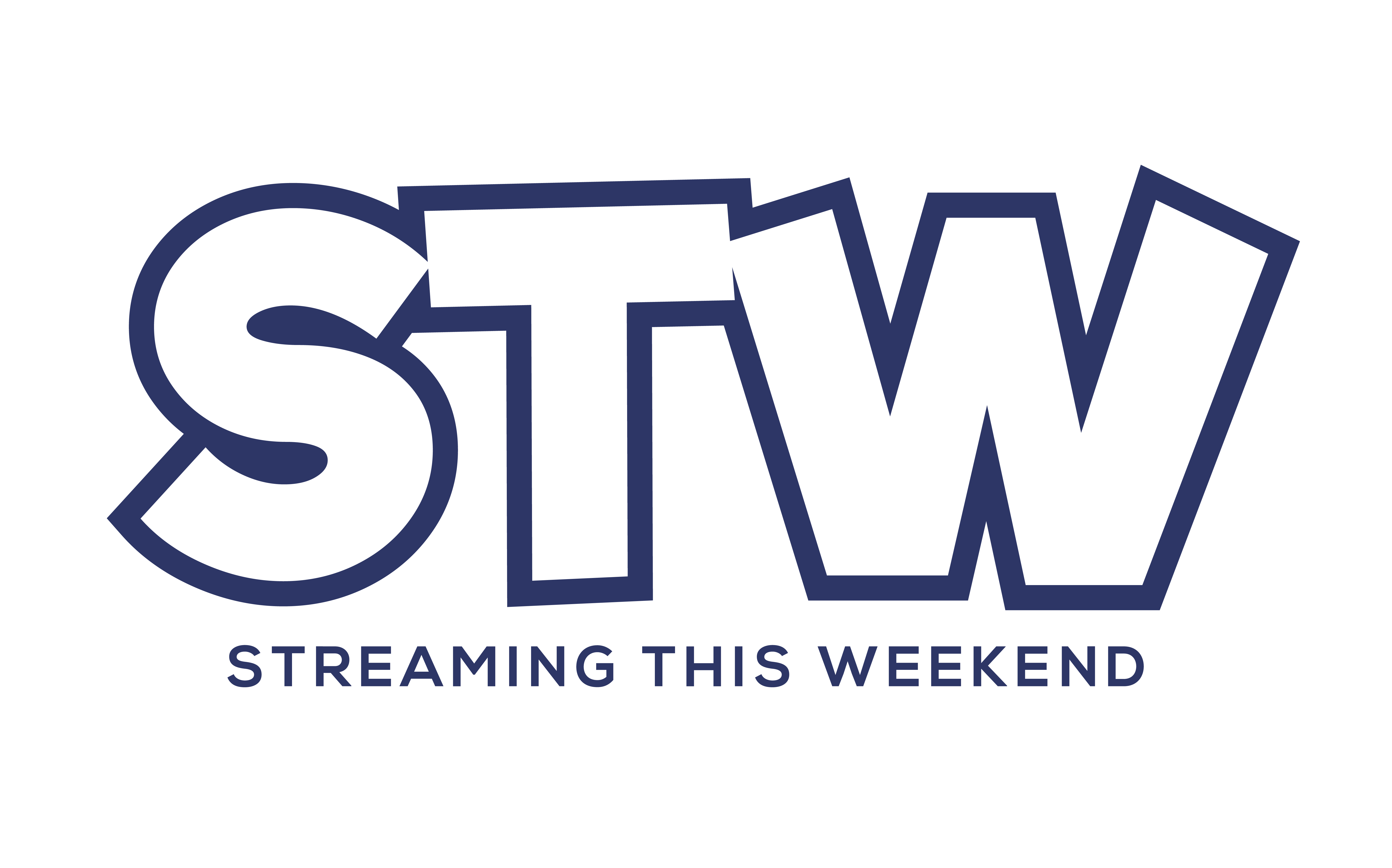The last week of news in the live streaming industry has been wild. From the US gov’s investigation into TikTok to Twitch Rivals Pokemon to previously banned Twitch streamers signing with Kick and, by the way; has anyone been paying attention to promos being cut for Kick?
Needless to say, Kick and Caffeine are coming for Twitch. Perhaps this should have been anticipated.
As more people make their way online to consume and create content, the live streaming industry has the potential for some significant growth (and competition and fragmentation) in the coming years. For good reason; as a medium, there may be no better way to connect with your audience. Not only does live streaming give brands the opportunity to connect with viewers around the world, it’s also an environment where relationships can be formed and communities can be built. And those communities are profitable.
Table of Contents
Factors that can be attributed to the industry’s growth
The increasing popularity of social media platforms that have live streaming capabilities is an important part of why the live streaming industry has seen such explosive growth. In recent years, platforms like Facebook, Instagram, and YouTube have all heavily invested in live streaming, and many smaller platforms have emerged to cater specifically to the live streaming market. Twitch, once a small live streaming platform, for example, now boasts over 140 million viewers (roughly the equivalent of Disney Plus). And then there’s Drake’s Caffeine and Twitch competitor Kick, whose even got a mobile app now.
The availability of high-speed internet and cross-platform compatibility is another factor driving the growth of live streaming. As more people gain access to these technologies, they are more likely to interact with live streaming content and create opportunities to monetize their hobbies.
Aside from social media and mobile devices, live streaming is also being used for marketing, outreach, and even safety. Sports organizations, for example, use live streaming to provide virtual fan experiences, while schools use it for remote learning.
Because of how small it has made the world for many people, the live streaming industry is expected to grow substantially in the coming years, owing to a combination of technological advancements, evolving consumer behavior, and agile business models. As the industry matures, however, new innovations and opportunities will continue to disrupt the market, making live streaming an increasingly important, yet changing, part of the digital landscape.
Can anything slow the live streaming industry down?
While the live streaming industry has seen tremendous growth in recent years, and it appears set to continue in the foreseeable future, there are a few things that could cool it down.
The availability of high-speed internet in rural areas, for example, is a barrier that can lock viewers out of participating in live streaming. If internet speeds lag, potential viewers may be limited to older interactive apps like chat boards and forums, slowing the industry’s growth potential in some places.
The cost to enter the live streaming business may also be cost prohibitive to some. Gaming PCs can cost between $1200 on the low end to thousands or even tens of thousands of dollars on the higher end. However, as more and more companies integrate their gaming services with live streaming functionality, like Twitch has done so well on its own gaming service Luna and mobile devices, lower income creators that were price-locked out of the profession will have opportunities to earn as well.
Finally, the abundance of content has the potential to flood the live streaming industry and create burnout with viewers. With over four million individuals identifying themselves as influencers or live streamers, there is virtually no time of the day, week, or year where thousands of live streamers are not online with a gimmick.
Ultimately though, while there are barriers to more growth in the industry, they are all likely to be overcome.
Could the live streaming industry over take traditional entertainment mediums?
There is a chance that the live streaming industry could one day replace traditional entertainment as a medium. Live streaming has a number of advantages over formats like theater and television, like viewer interaction, the ability to collaborate on content, and originality, so it isn’t unimaginable to to think the medium could become the leader within a decade or so (the streaming industry just recently replaced cable, for example).
Ultimately, it’s biggest advantage may go beyond replacing traditional entertainment; it has the potential to reshape media and communication as we know it. Live streaming allows for real-time interaction and engagement between content creators and their audiences, which can enhance viewing experience and strengthen the bond between creator and viewer. And because it doesn’t require the same level of production or distribution costs as traditional entertainment, live streaming is also more cost-effective and flexible.
Is this the end of entertainment though?
Not likely in the near future. Traditional forms of entertainment are likely to remain popular because they provide theatrical productions and stories that many people still enjoy. Ultimately, the future of entertainment will likely be a mix of live streaming and traditional media, each serving a different purpose and catering to different audiences.
But one thing is for sure; the live streaming industry isn’t going to stop growing anytime soon. Who knows where it goes next?
Happy streaming!

